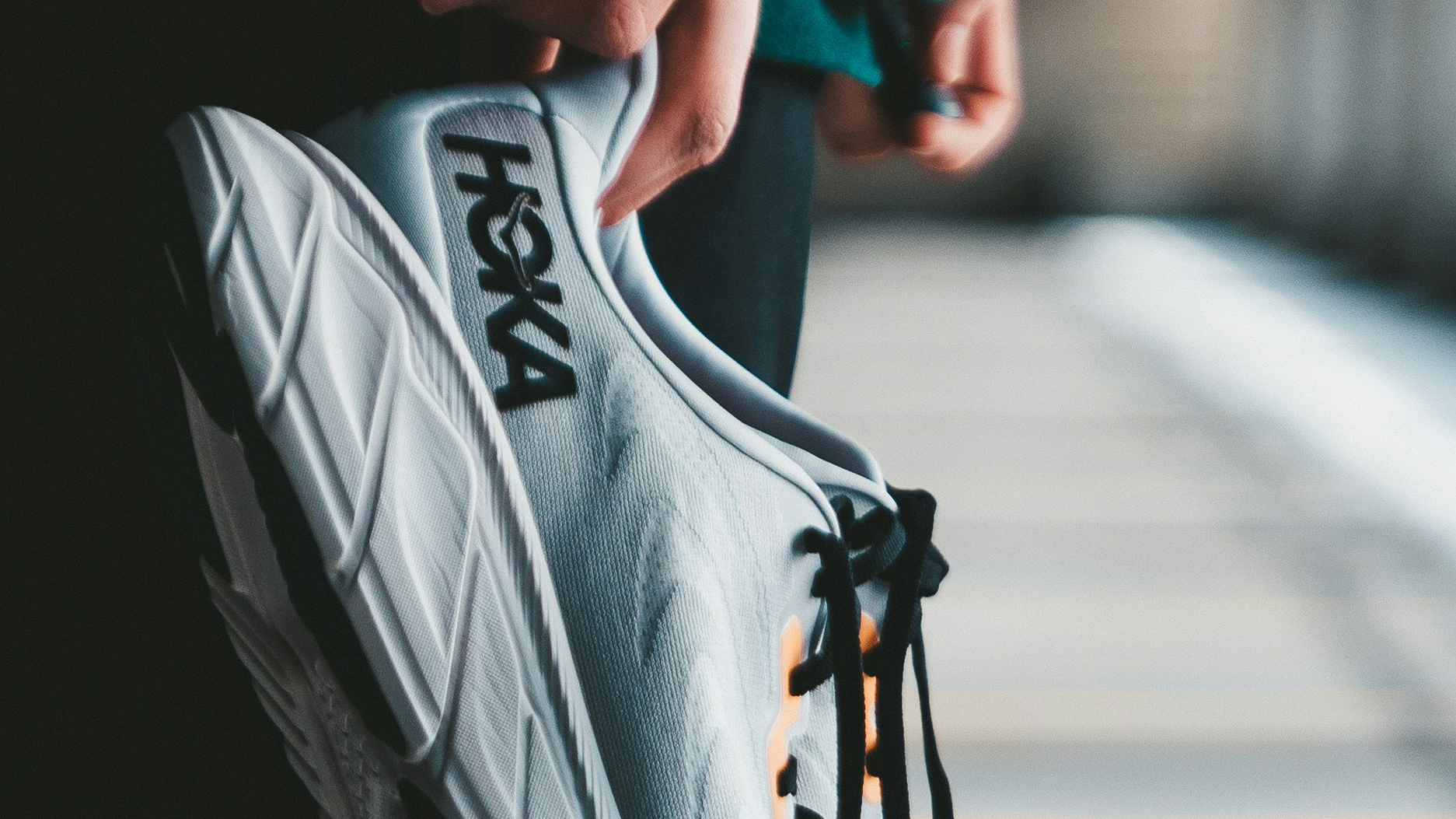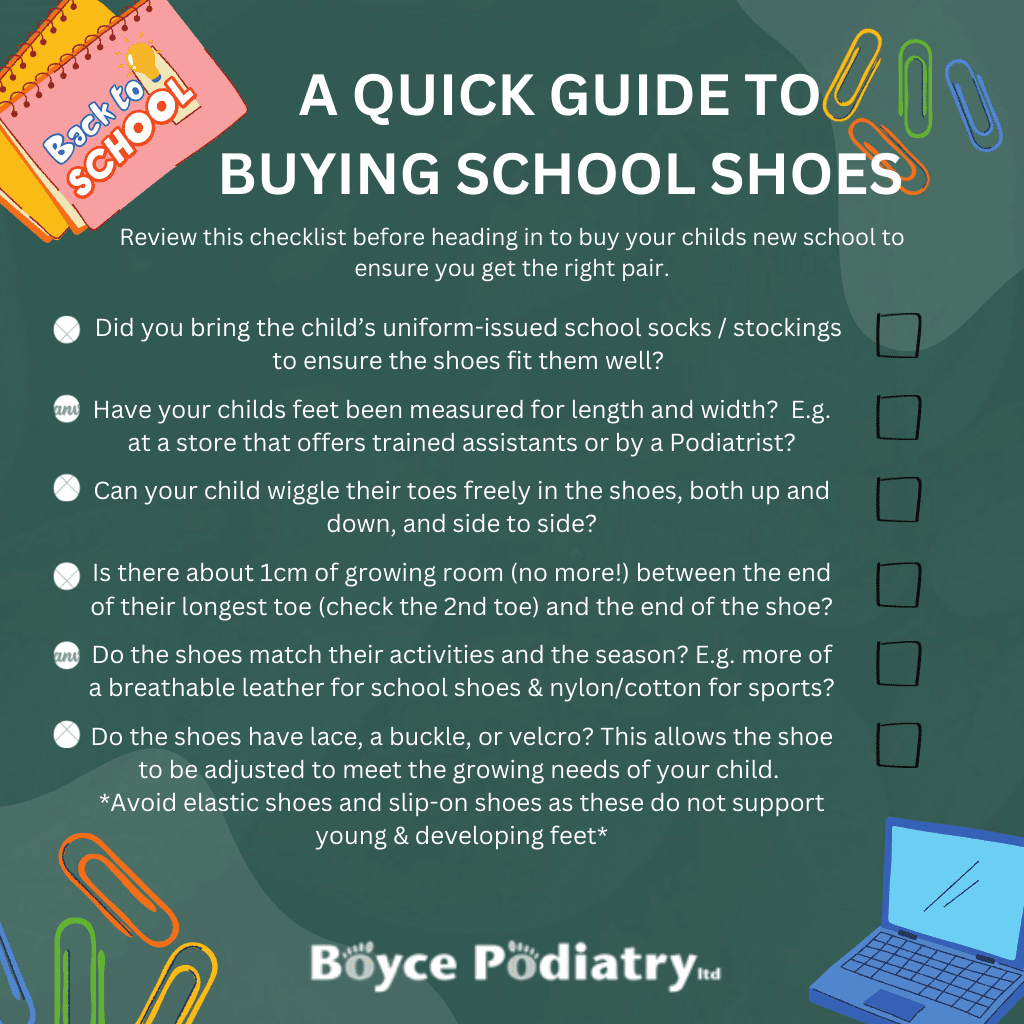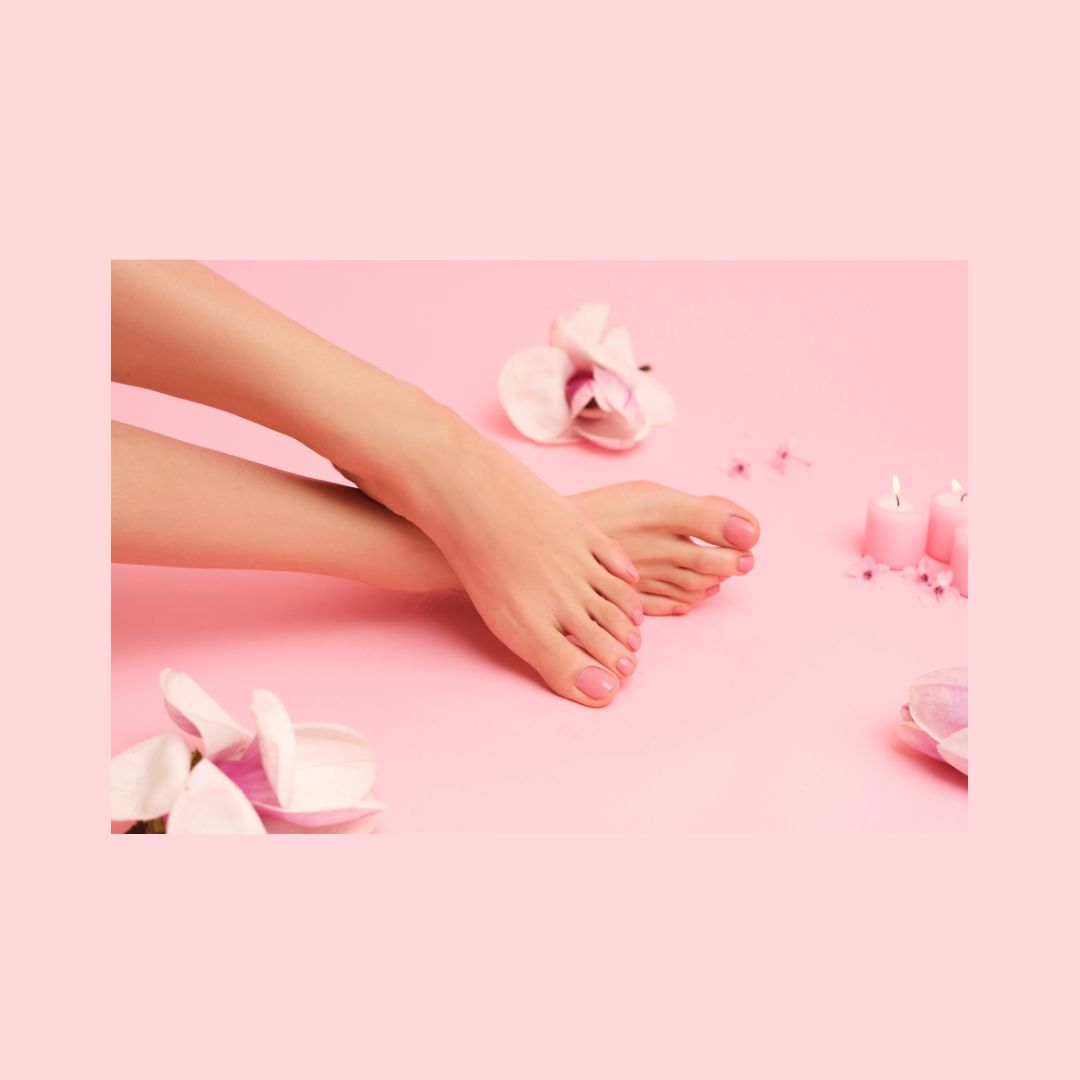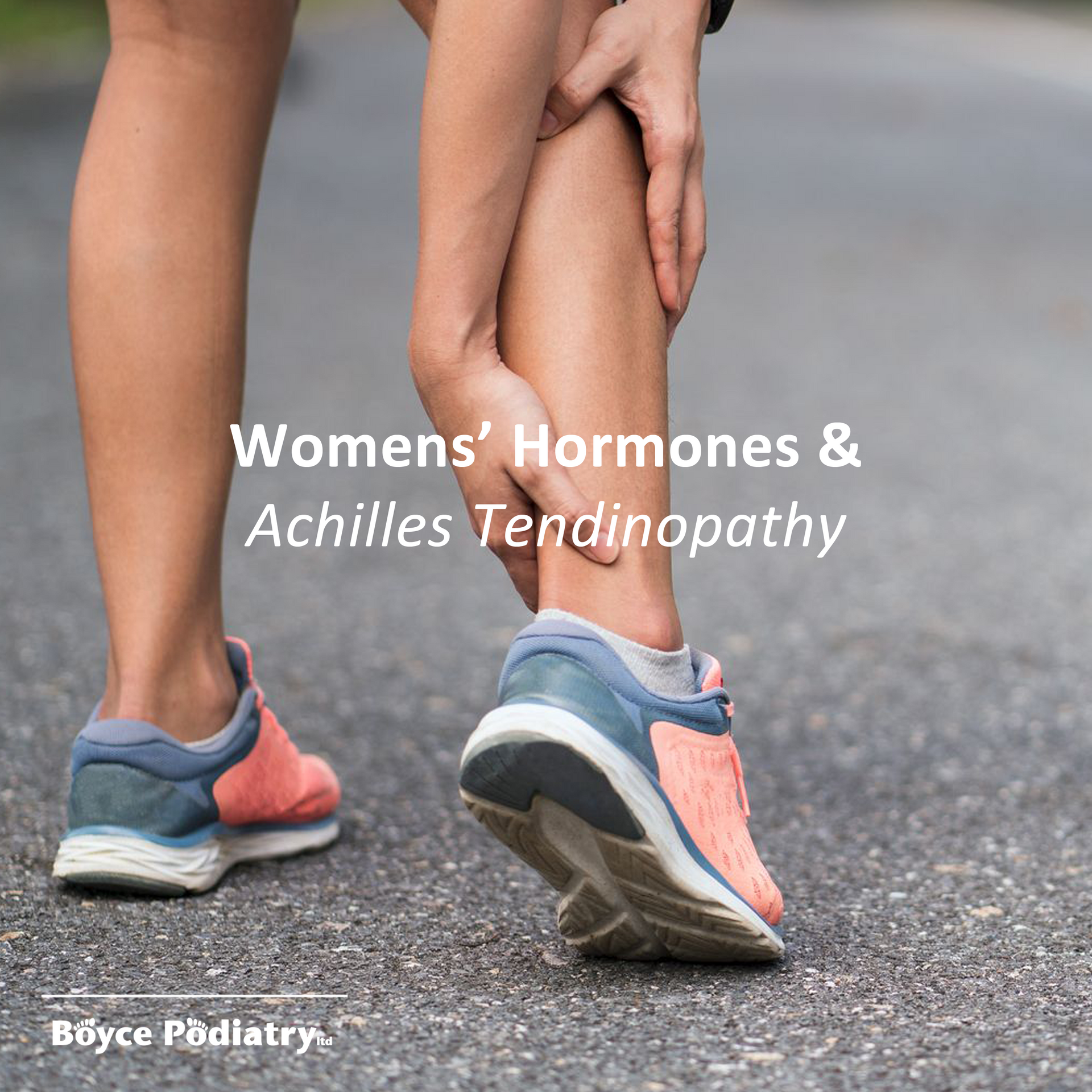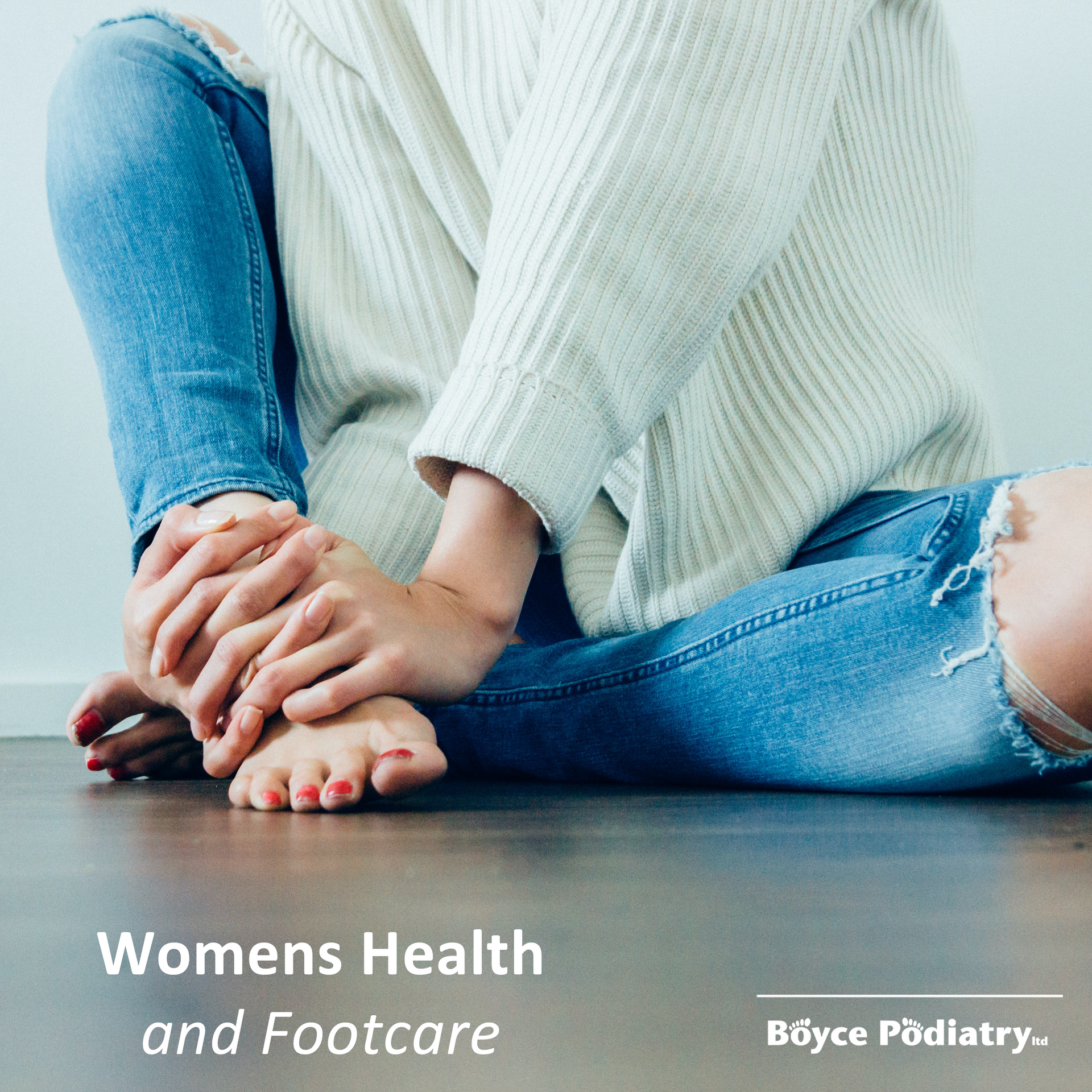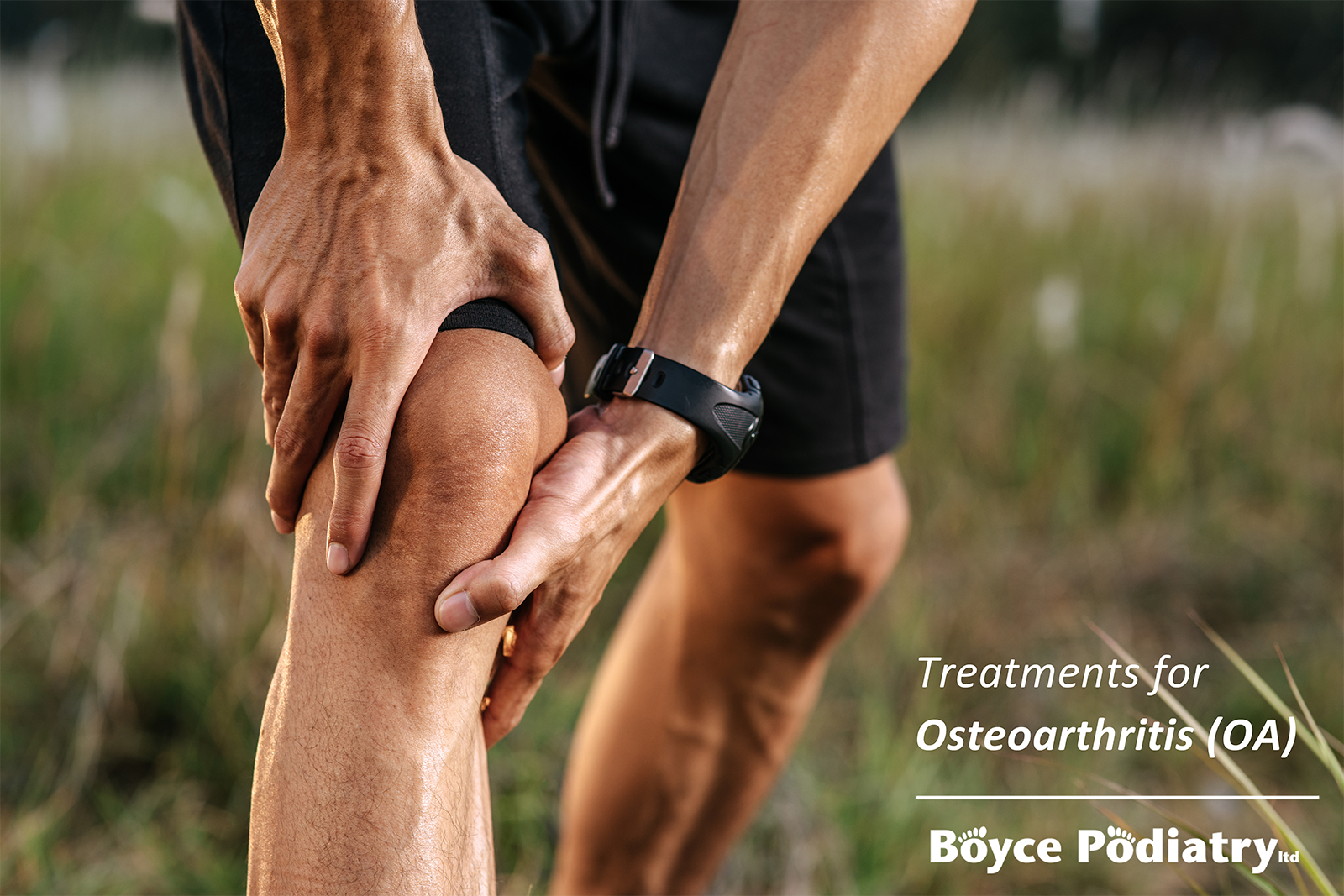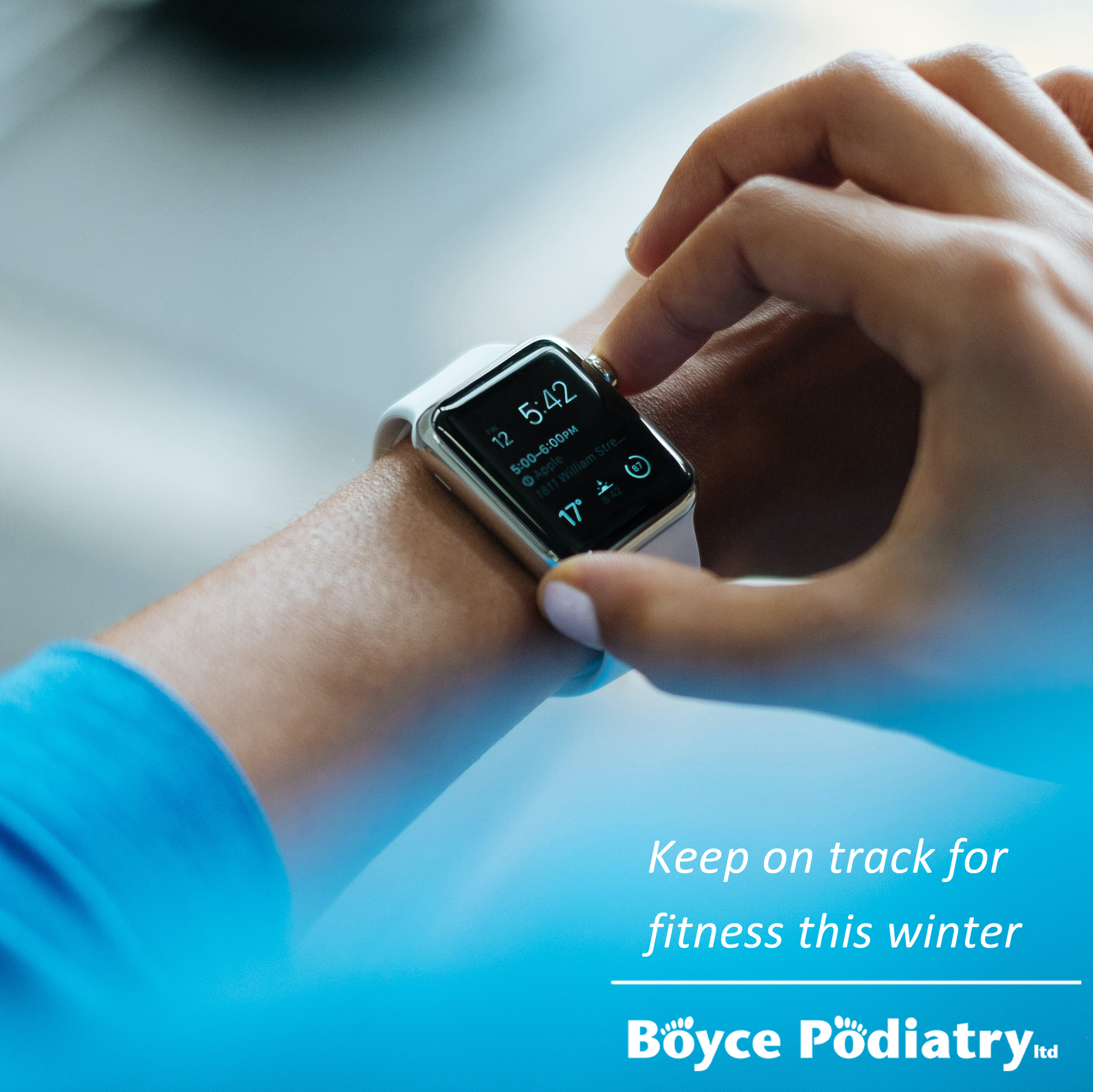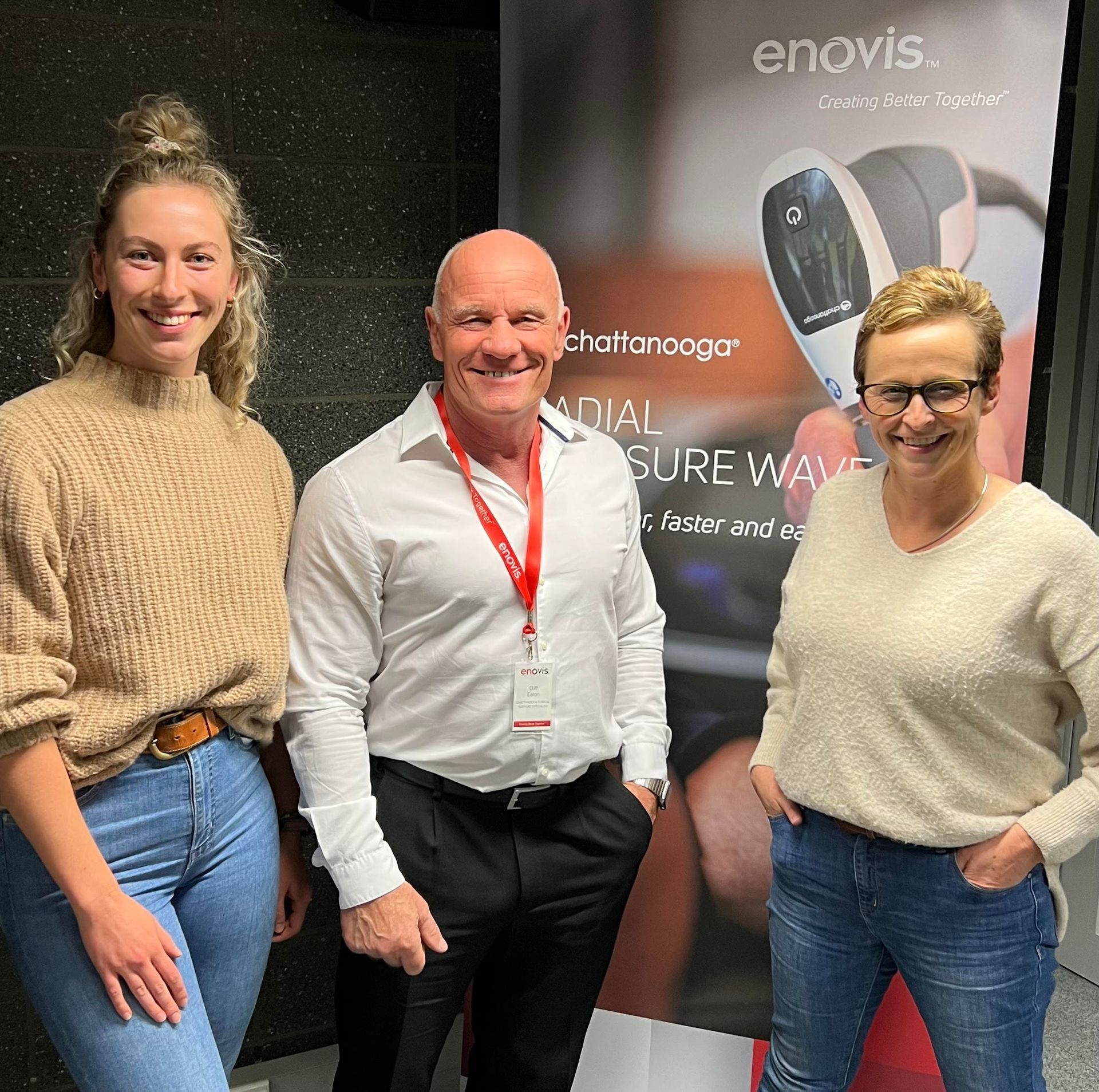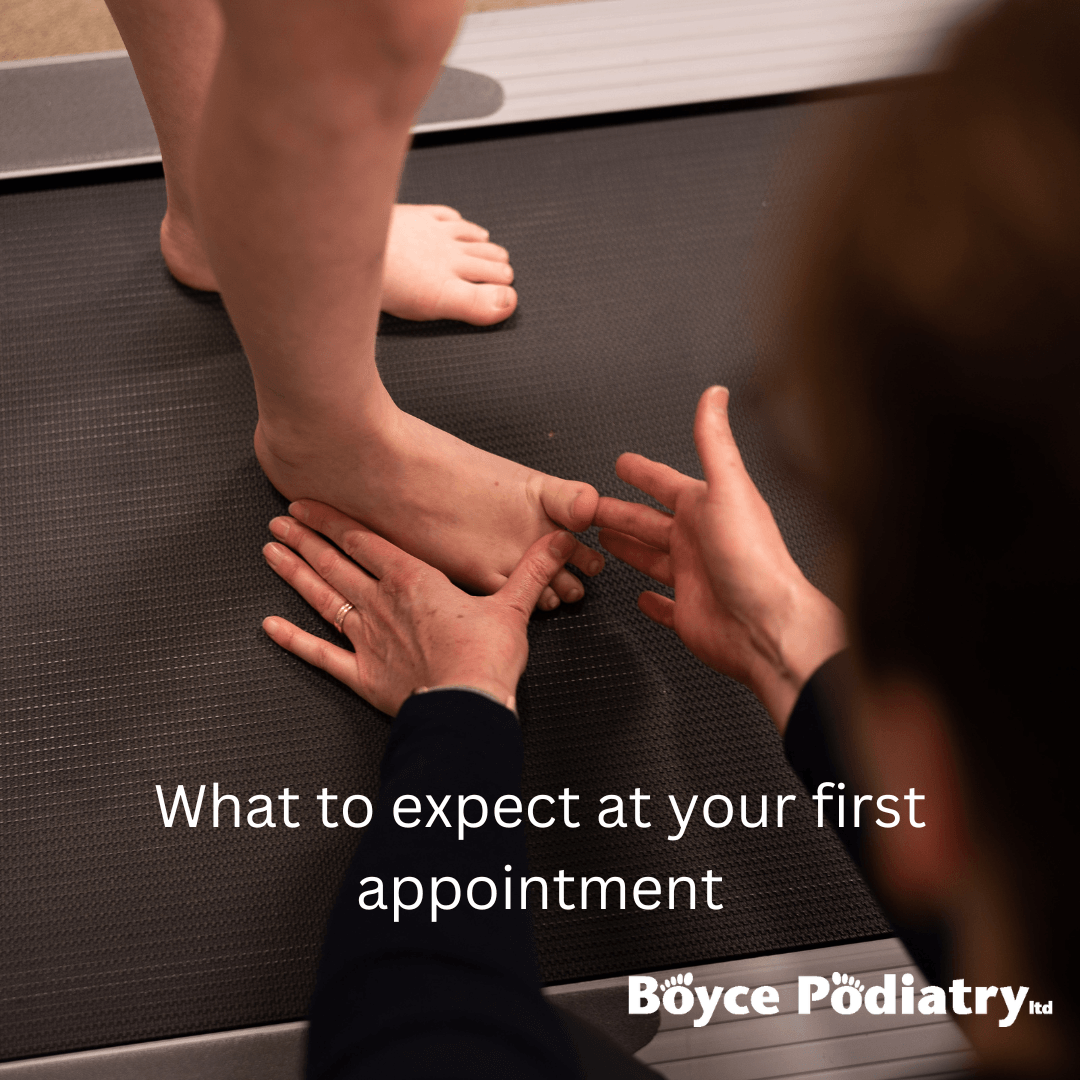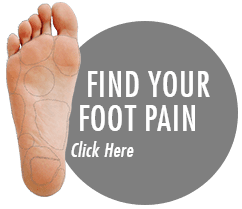Plantar Heel Pain
"Plantar fasciitis" is the dreaded term that most people have heard or are familiar with. Nowadays, we call it plantar heel pain, as often, it's not just the plantar fascia in isolation that's responsible for the discomfort; a variety of things can trigger the pain.
Before we start with the tips and tricks, it's good to understand the factors that could have caused the condition and your pain so we can try to prevent it in the future. The condition can start with ill-fitting or improper footwear, high-impact activities, other soft tissue injuries, and higher weight, which can also cause heel pain.
Tips and tricks:
Stretching:
Stretching out calf muscles and the bottom of your foot can relieve the soft tissues around the area. Calf stretches against the wall or while sitting are a great start. When sitting, you can stretch the toes and bottom of your foot similarly by pushing the toes up against the wall or pushing the toes upwards with your hands.
Proper footwear:
Wearing proper shoes that are fit for purpose and provide adequate support in the arch and around the back of the heel is important. It's important to separate shoes that are 'fashion' from function shoes. When dealing with an injury, a proper-fitting and functioning shoe is a very important part of your recovery. We recommend getting fitted with a proper pair from an experienced retailer.
Ice and massage:
Ice can help reduce pain in the area. A handy tip is to use a frozen water bottle and roll the bottom of your foot on that for 2-3minutes.
Modifying activity:
Reduce high-impact activities that cause excess strain and force on the area, especially in the initial stages of recovery and healing.
Orthotic therapy and strengthening:
Orthotics can play a vital role in aiding recovery. Orthotics shift load and help reduce strain on the soft tissues. Strengthening is also a great way to help with prevention in the future and make sure your feet and calf muscles are at their best. We usually pair orthotics and strength together to get the best outcome.
Weight and lifestyle management:
Managing weight can be challenging as it can be an insecurity for most, no matter what age. Our weight does play a role in healing from soft tissue and bone injuries. The more 'excess' weight we put through joints and soft tissue, the more stress we place on them and the higher the likelihood of them becoming painful or problematic. To help avoid heel pain, doing simple things like taking a lunchtime walk outside helps with getting those steps up and releasing endorphins, a happy drug for us, and getting some vitamin D from the sun.
Women's health:
Hormones play a significant role in recovery from injuries and pain. Hormones such as cortisol, your stress hormone, can delay healing. Menopause can also slow down the rate of healing from soft tissue injuries because of the reduction of estrogen, which helps collagen fibres synthesize.
It's important to remember that every body is different, and what works for one person may not work for the other. Podiatrists are specialists in the lower limb, from muscles and ligaments to walking or gait styles. If you've been struggling with foot pain, why not book in to see a Podiatrist and see how they can help you?
